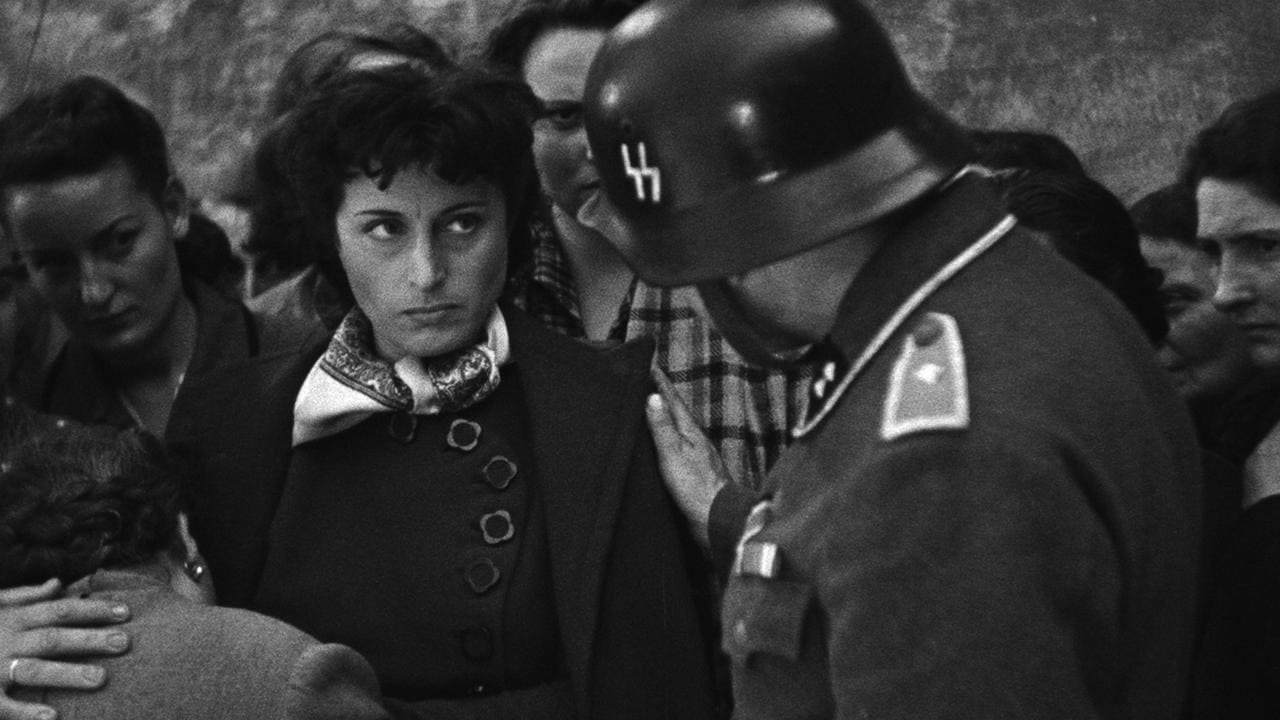
 Rome, Open City
— Our battle has barely begun.
Rome, Open City
— Our battle has barely begun.
Rome, Open City

In WWII-era Rome, underground resistance leader Manfredi attempts to evade the Gestapo by enlisting the help of Pina, the fiancée of a fellow member of the resistance, and Don Pietro, the priest due to oversee her marriage. But it’s not long before the Nazis and the local police find him.
























Really incredible achievement, filmed as I understand it while WW2 was still taking place. Heartbreaking finales to both of the movie’s two acts. This is more in the category of “historically important” more than “rip-roaring entertainment”, but I still recommend watching for the performances of Pina and Don Pietro–both will stick with me for a long time.